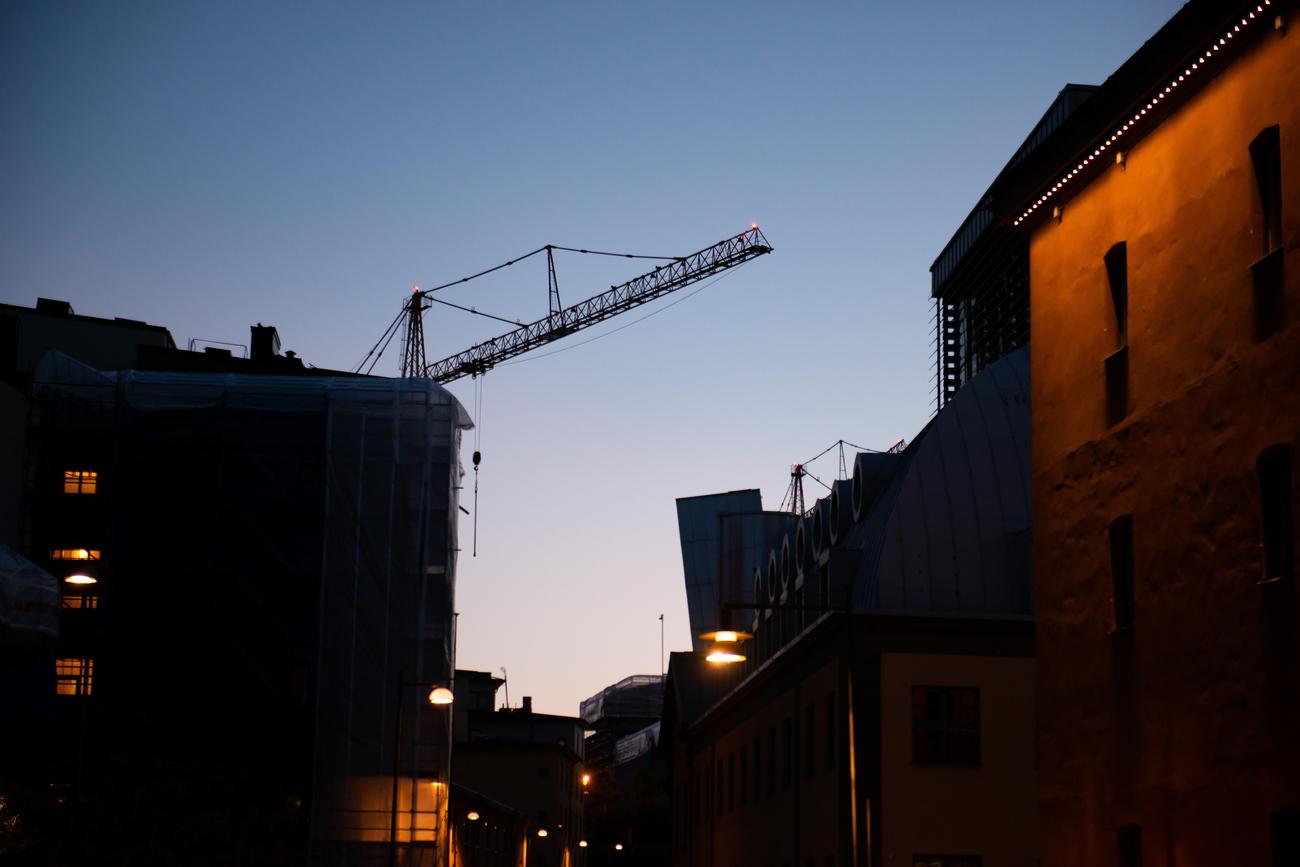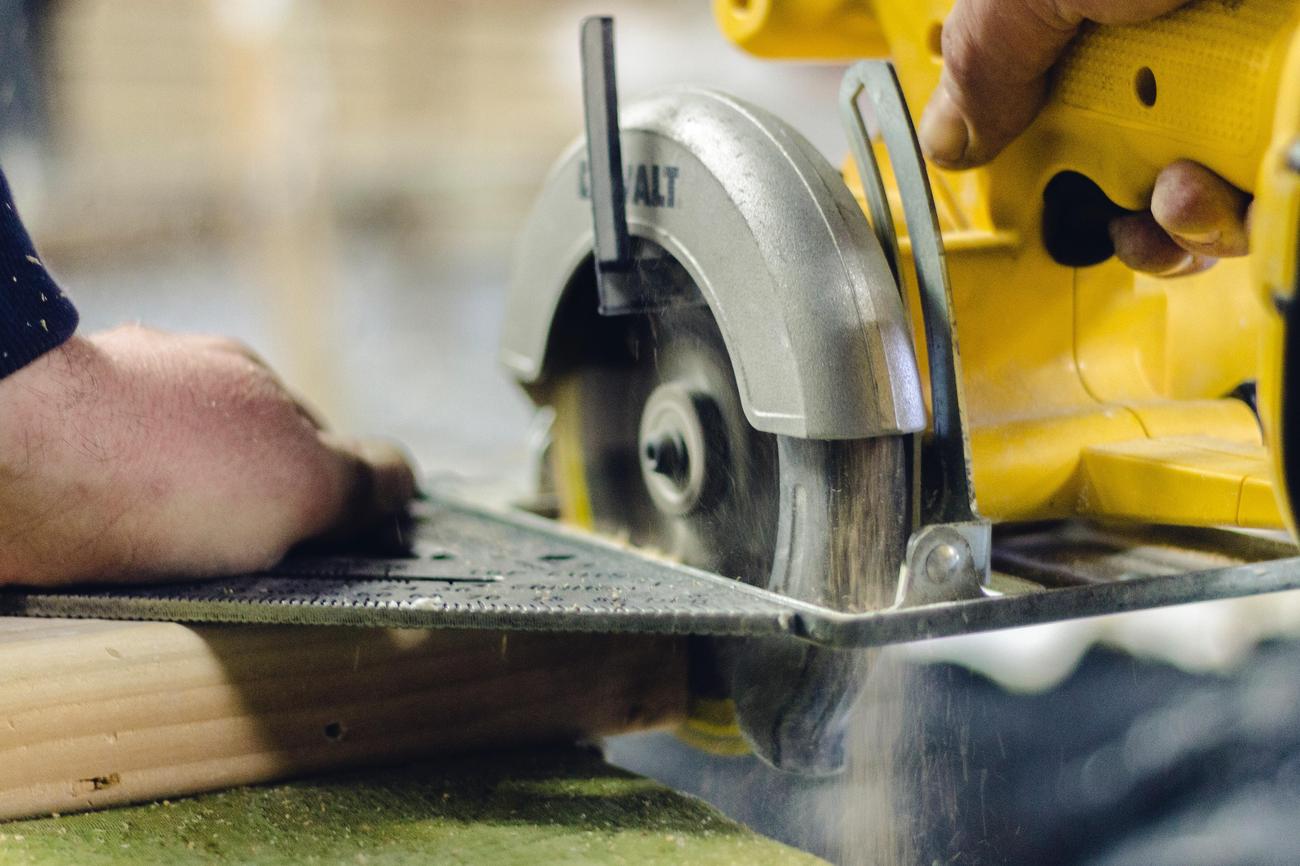The construction industry relies heavily on cranes, and their crucial role cannot be overstated. In the world of heavy object lifting, cranes are known for their unmatched precision and ability to handle even the most challenging tasks. As a seasoned professional with extensive experience in crane operations and management, I have witnessed firsthand the remarkable capabilities and importance of these towering machines. In this article, titled “The Crucial Role of Cranes: Known for Precision in Heavy Object Lifting,” I will delve into the various aspects that make cranes indispensable in the construction field. From their unparalleled capacity to lift and move heavy objects with utmost accuracy to the criticality of proper training and maintenance, this article will shed light on why cranes are a vital component of any major infrastructure project.

What are Cranes Known for?
Cranes are the mighty machines that take center stage in construction sites, power generation facilities, manufacturing plants, and a multitude of other industries. These towering machines have earned their reputation for their remarkable ability to lift and move heavy objects with precision. When it comes to material handling and transportation, cranes play a crucial role, ensuring that the weighty tasks are accomplished safely and efficiently.
Versatility Across Industries
One of the striking aspects of cranes is their versatility. These towering machines find their applications across a wide range of industries. In the construction industry, cranes are the backbone of operations, shifting heavy materials like steel beams, concrete panels, and pre-fabricated elements, effortlessly moving them into place. They are the reliable workhorses that make tall buildings and intricate structures possible. But construction is just the tip of the iceberg.
Cranes are also an indispensible asset in the transportation industry, facilitating the loading and unloading of freight from ships, trains, and trucks. Their ability to lift and place heavy cargo with precision streamlines the logistics process, making it a breeze to handle large and unwieldy items.
The manufacturing industry harnesses the power of cranes to assemble colossal pieces of heavy equipment. Whether it’s positioning machinery on an assembly line or installing massive components, cranes provide the necessary muscle to keep production lines moving efficiently.
In the shipbuilding industry, the precision and strength of cranes are vital for loading materials onboard massive vessels. From steel plates to heavy machinery, cranes are the go-to solution for safely hoisting these elements, ensuring smooth progress during the shipbuilding process.
But the utility of cranes doesn’t stop there. They play a pivotal role in the power generation industry, aiding in the installation and maintenance of towering wind turbines, massive turbine generators, and electrical transmission infrastructure. In the telecommunications industry, cranes help raise and position cell towers and antennas, ensuring reliable communication networks.
Even the steel industry and various mechanical structures benefit greatly from cranes. In steel plants, cranes are indispensable when it comes to moving and manipulating molten metal and massive steel structures. Cranes also find their place in the HVAC industry for positioning and installing large heating, ventilation, and air conditioning systems.
The Many Types of Cranes
To meet the diverse needs across industries, a variety of cranes have been developed, each tailored to specific applications. Let’s take a closer look at some common types of cranes:
Telescopic cranes: These cranes feature a telescoping boom that can extend or retract, allowing for easy transportation and versatility in lifting capacity.
Mobile cranes: Mobile cranes are mounted on vehicles, making them highly mobile and perfect for jobs that require quick setup and tear-down.
Truck-mounted cranes: These cranes are specifically designed for mounting on trucks, effectively combining mobility with lifting capabilities.
Tower cranes: Tower cranes dominate the skyline during major construction projects. They are stationary and offer remarkable lifting heights and capacities, making them essential for building tall structures.
Rough terrain cranes: Built to tackle rough and uneven terrains typically found in construction sites, these cranes provide stability and maneuverability.
Overhead cranes: Overhead cranes are used in factories and warehouses for moving heavy loads along a fixed track, making them ideal for precise and repetitive lifting tasks.
Bridge cranes: These cranes, also known as overhead traveling cranes, are commonly used in manufacturing and industrial facilities where heavy loads need to be transported across a fixed area.
Jib cranes: Jib cranes feature a horizontal arm, or jib, that provides an additional range of motion to move loads in a circular or semi-circular path.
Crawler cranes: With large caterpillar tracks for mobility, crawler cranes excel in navigating rough terrain and offer impressive lifting capacities.
Aerial cranes: Aerial cranes, such as helicopters equipped with lifting gear, are employed in situations where traditional ground-based cranes cannot access or maneuver easily.
Hydraulic cranes: These cranes use hydraulics to provide the necessary force for lifting heavy loads. Their hydraulic system offers precise control and versatility.
With such a diverse range of cranes at our disposal, industries can select the perfect crane for their specific tasks, ensuring maximum efficiency and safety.
As you can see, cranes are known for their unmatched precision in heavy object lifting. From towering skyscrapers to intricate mechanical assemblies, these machines play a crucial role in countless industries. Whether it’s construction, transportation, manufacturing, shipbuilding, power generation, telecommunications, steel, HVAC, or mechanical structures, cranes serve as the backbone, elevating operations and ensuring that monumental tasks are achieved with finesse. So, the next time you see a crane towering above the landscape, take a moment to appreciate the extraordinary role it plays in shaping our world.
“Cranes are the unsung heroes that lift industries to new heights, guaranteeing precision in every lift.”
Crane enthusiasts are in for a treat with these fun facts about cranes! Did you know that these majestic birds are often associated with good luck and longevity in many cultures? Discover more fascinating tidbits about cranes by clicking here: fun facts about cranes. Prepare to be amazed as you uncover the secrets behind their graceful movements, impressive wingspans, and unique courtship dances. Don’t miss out on an opportunity to deepen your understanding and appreciation for these remarkable creatures. Join us on this incredible journey of discovery!
How Tower Cranes Build Themselves
[youtube v=”oSyC8pxJdeQ”]
Tower cranes are an essential piece of construction equipment when it comes to building skyscrapers. These heavy lifting machines are responsible for hoisting materials and machinery to high construction sites around the world. But have you ever wondered how tower cranes actually get to their towering heights? In this article, we will explore the process known as climbing, which allows tower cranes to raise themselves to their final working height.
The climbing process involves adding or removing sections of the mast to increase or decrease the overall height of the crane. However, climbing a tower crane is a challenging task that requires careful execution and safety precautions. It is considered one of the most dangerous operations and is only performed when necessary.
Before climbing can begin, the tower crane must first be erected to an initial height using a mobile crane. A stable foundation is constructed, consisting of a concrete slab reinforced with steel rebar. Once the foundation is ready, the steel truss sections of the mast are lifted into place and secured with anchor bolts. Additional sections are stacked on top of one another, fastened with high-strength steel bolts, until the tower portion of the crane is complete. The mast is topped off with a slewing unit, allowing the crane to rotate, and serves as the base for the operator’s cab and lifting components.
To balance the load during lifts, a counterweight is added to the counter jib of the crane. This counterweight helps reduce bending moments and torque carried by the mast. The working jib, with a fixed radius, is adjusted using a trolley system so that the load can be positioned closer or further from the mast.
When the crane is ready to be climbed, a steel climbing frame is assembled around the base of the tower and lifted up to the underside of the slewing unit. The frame has a lattice structure with one side left open for new mast sections to pass through. It is securely fastened to the slewing unit, and a hydraulic jack is positioned over a push point on the existing mast.
A new mast section is then hoisted up to the frame and placed on a steel tray or suspended from a guide rail. The top of the crane must be perfectly balanced over the jack before it can be lifted. To achieve this, a weight is placed on the hook to offset the counterweights. The crane top acts like a large balance scale during the climb, and any imbalance could lead to toppling. The climbing frame is not designed to carry torsion, so the crane must not be rotated during the climbing process.
Once the crane is balanced and all safety checks have been conducted, the hydraulic cylinder is pressurized to take the weight of the crane top, and the slewing unit is unbolted from the mast. The cylinder lifts the climbing frame along with the top of the crane, creating clearance to insert a new mast section. The mast section is maneuvered inside the frame, securely bolted to the slewing unit, and the process repeats until the crane reaches the desired height.
Tower cranes can also climb internally, where the weight of the crane is carried by the building’s constructed portion. This method eliminates the need for a tall mast and increases lifting capacity. The crane is connected to the building’s structural system through steel collars, and climbing rails support a hydraulic jack inside the mast. As the building is constructed, the crane is lifted from one collar to another until the desired height is reached.
In conclusion, tower cranes can build themselves through the process of climbing. This complex operation requires precise execution and adherence to safety protocols. By understanding the intricacies of how tower cranes climb, we can appreciate the engineering marvels behind the construction of tall buildings and structures.

FAQ
What are cranes used for in different industries?
Cranes are used in various industries such as construction, transportation, manufacturing, shipbuilding, power generation, telecommunications, steel industry, HVAC, and mechanical structures. In the construction industry, cranes are used to shift materials, while in the transportation industry, they are used for the loading and unloading of freight. The manufacturing industry utilizes cranes for the assembling of heavy equipment, and in the shipbuilding industry, they are essential for material loading. Cranes also play a crucial role in the power generation industry, telecommunications industry, steel industry, HVAC, and other mechanical structures.
What are the different types of cranes used in these industries?
Different types of cranes are used in different industries and for specific purposes. Some common types of cranes include telescopic cranes, mobile cranes, truck-mounted cranes, tower cranes, rough terrain cranes, overhead cranes, bridge cranes, jib cranes, crawler cranes, aerial cranes, and hydraulic cranes. These cranes offer unique features and capabilities suited for various applications in different industries.
Where can I find more information on cranes, their types, and uses?
For more information on cranes, their types, and uses, you can visit websites such as civilmint.com, generalcranect.com, and dozr.com. These websites provide comprehensive insights and guides on cranes, including information on their various types, industry applications, and cost considerations.
Which industries require crane work?
Several industries require crane work, including residential and commercial construction, public construction, and telecommunications. Cranes are essential in these industries for lifting heavy objects, shifting materials, and facilitating construction and maintenance projects. They play a vital role in ensuring efficiency and safety in a wide range of tasks.
What is the significance of proper training and maintenance for safe and efficient crane operations?
Proper training and maintenance are crucial for safe and efficient crane operations. Crane operators require specialized skills and knowledge to operate cranes effectively while adhering to industry safety protocols. Regular maintenance of cranes ensures their optimal performance, minimizing the risk of accidents and maximizing productivity. It is essential to prioritize training and maintenance to ensure safe and efficient crane operations in various industries.
- Mastering Leader in Spanish: The Complete Guide - April 19, 2025
- Uncovering Surprising Parallels: England Size Compared to US States - April 19, 2025
- Old Mexico Map: Border Shifts 1821-1857 - April 19, 2025
















